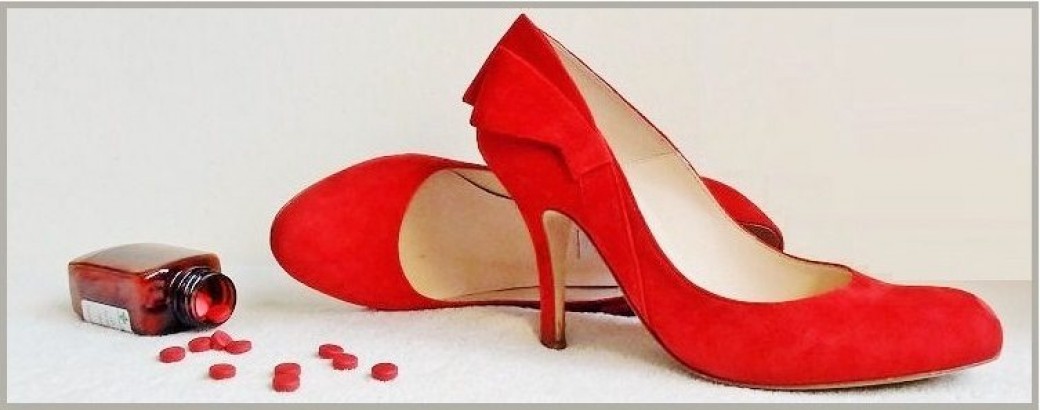You don’t need to read the Lancet to know that heatwaves aren’t great for health. Even without the terror of fires, excess heat is linked with deaths, especially in the elderly.
On the bright side, however, when the thermometer soars and it’s too hot to move, few things are more delicious than settling in a shady spot to get lost in a book. Yes, I have heard of ice cream, but a novel occupies the mind for longer than a raspberry ripple, and that’s got to be a bonus in the current mess the world is in.

Writers are doubly blessed in a heatwave. For a start, they may be able to work at home with next to nothing on, which is so far removed from struggling on the Tube wearing office attire that it’s almost like not working.
As a plus, there are often cool places to sit with pencil or laptop.

I’m assuming that the nice cool place isn’t in full view of the neighbours. Then again, think of all the publicity, as a fellow writer reminds me.
Best of all, though, scorching weather presents excellent material for fiction. Author Helena Halme mentions just this in her recent blog post Five Books for a Heatwave.
I’d like to unpick this a little more.

Summertime is in itself magical, with ice lollies, flip-flops, sandcastles, and grandparents moaning about the lack of rain. In school holidays gone by, every summer was long and hot, at least in the memory. With normal life suspended, there’s an illusion of freedom, Swallows and Amazons style.

The heat does things to people’s pheromones. Well, I’m assuming it does, though the only paper I’ve seen is based on research on insects. At any rate, the brain seems to fry at high temperatures. Even the most impassive person can become, well, hot-headed and behave erratically, which is all good news for novelists.
The human mind isn’t the only thing to abandon normal function in a heatwave. By now, most people in the UK are familiar with buckled rails and cancelled trains. In the northeast last month, a man became trapped when tarmac melted and his leg literally sank into the road surface. This happened in Heaton (no, I’m not kidding) and firefighters were called to free him.
But these phenomena are as nothing compared to the image of Jesus appearing on a ceramic drainpipe in Joanna Cannon’s debut novel The Trouble with Goats and Sheep. This unusual manifestation of Christ brings out the neighbours and their deck chairs, and becomes a turning point in the story.

Every heatwave seems to leave its own particular memories. The legendary summer of 1976 featured beaches covered in ladybirds, exhortations to share a bath with a friend, and other references that can date-stamp a novel, as both Joanna Cannon and Maggie O’Farrell demonstrate.

While there’s no exact definition of a heatwave, meteorologists often consider it to be an increase of 5⁰C above the average maximum temperature for five days or more – with the average maximum temperature being between 1961 and 1990.
The great heatwave years of the UK include 1911, 1955, 1976, and 1983. Speaking for myself, I have a soft spot for 2013 which broke few records but did produce the hottest July for many years. This is the year in which I set my novel Hampstead Fever, and it also happens to be when I got married.

Whether you’re reading or writing, I hope you enjoy the rest of this scorching season. How will you most remember the heatwave of 2018 when it gives way to wind and rain?
***
PS You can find Hampstead Fever in all the usual places.







